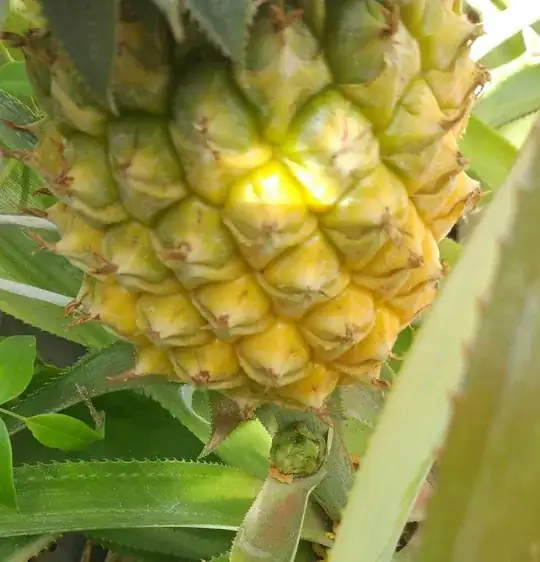My strawberries have just started fruiting and they have turned red quite nicely, except that the ends seem to be this brown/black colour which hasn't gone away.
They are growing in a home-made planter box (untreated timber) which is full of a mixture of top-soil and two bags of soil which was marketed towards growing strawberries. The ground is covered in straw and they get watered fairly frequently (it's raining quite a bit here at the moment despite being nearly summer).
They have netting over the top of the box to prevent birds getting in and I put slug pellets down last weekend as well as spraying the leaves with Derris Dust to keep the butterflies/caterpillars off them.
Any thoughts as to what might be causing this?
